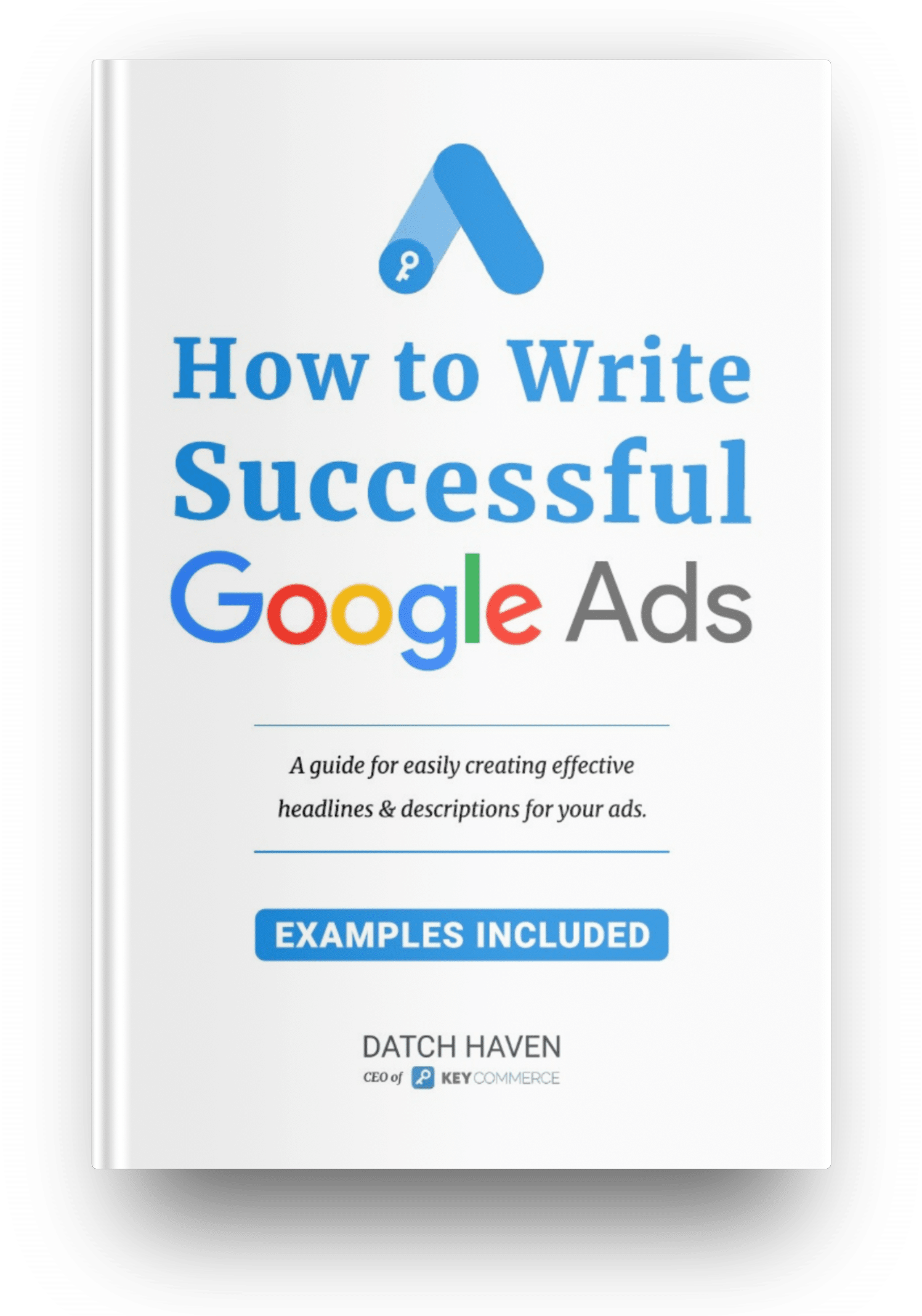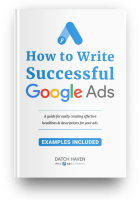We compare it to the traditional Monolithic structure to see which is better for ecommerce stores.
What is a Content Management System (CMS)?
Before we explore the headless system, it's important to understand a traditional website structure. CMS stands for Content Management System, the structure on which many websites are built.
It makes it easier to produce websites with limited technical skills and knowledge. Popular CMS systems are WordPress, Magento, Joomla, and Drupal. With a CMS, you can create your entire website design in a user-friendly interface.
Usually, you can enhance functionality and aesthetics by buying or downloading templates, extensions, and plugins instead of coding everything. You can also have multiple users in the backend working on the same project.
Difference between traditional and headless CMS
A traditional CMS aims to be a single solution to manage both the content and front end, whereas a headless system deals strictly with the content.
The missing head system differs from the static setup because it doesn't connect directly with the front end. Systems such as WordPress and its ecommerce leg, WooCommerce, have one place where designers build their content and aesthetics.
The layouts focus on delivering the information to desktops, and if you want to optimize for mobile or other devices, you need to create a different format for these outputs.
With a headless CMS, that isn't the case. Instead, you create your design in one place located in the cloud, and the content is dynamically adjusted and delivered to various devices without you having to tweak the design separately.
Shopify is an excellent example of a headless system. Store owners use an easy-to-use interface to drag and drop the components and build their desired structures, and it will work on any device, no matter the type of content output.
Benefits of a headless CMS?
The main benefits of a headless CMS are the flexibility and agility of the structure. You're not restricted to specific platforms to reach your audience, but these aren't the only benefits.
- A headless CMS is Omnichannel and almost limitless as to its adaptation. You have the freedom to decide where and how your content is delivered.
- Developers have greater control and can work with the best tools to complete projects. They can use the latest Jamstack technologies and utilize APIs and data formats like JSON to communicate and pull content.
- The system can scale up relatively quickly. You can continue building content and respond to users' needs almost instantly.
- A headless approach minimizes risk to your content as it's separate from the front end and isn't as exposed to third-party application issues.
- Your site is definitely going to improve in speed and responsiveness. This upgrade is due to the system only consisting of a content database and API calls.
- Another key benefit is the backend structure, which makes sites more responsive, fast, and sleek.
Disadvantages of a headless CMS
Unless you're using a provider, such as Shopify, that has simplified the front-end design interface of a headless CMS, designing a website is technically challenging.
Unlike WordPress, which is focused on beginner developers with little to no experience, few platforms have a simplified interface for a headless system. As a result, it puts some people at a disadvantage because they're back to being at the mercy of a developer.
Other drawbacks include:
- A degree of understanding is needed, and the upfront configuration takes some effort.
- Usually, there is no preview option; if a provider allows that, it adds to the upfront time investment.
- There aren't a lot of templates or out-of-the-box solutions such as Shopify.
- There is a lack of channel-specific support.
- Headless content management systems don't deal with the presentation layer, so developers will need to create some functionality on their own, such as navigation.
- The concept of web sitemaps and pages is not typically provided, and content developers need to adjust and work around this.
Why would you need a headless CMS?
Systems such as WordPress were a revolutionary concept for their time. It allowed anyone to create basic sites without needing to code.
However, it's still structured around a static frame when creating the layout. It’s typically designed to work on desktops, so when you want your design to work on tablets or other mobile devices, you need to adjust the structure to fit each one. This is time-consuming and often difficult to monitor.
Consumers demand robust, quick-working, and accessible content anytime and on any device. A headless CMS delivers flexibility and agility for online users, which is especially crucial for ecommerce stores. With this type of system you only need to create your content once, it will then change dynamically to function on any output type.
Besides the above, there are other specific times when you can consider a headless system.
These are:
- For native mobile apps
- Sites and apps that use JavaScript frameworks such as React, Angular or VueJs
- Any design in which you need to publish content across multiple platforms at once
- If you use a static site generator
The final word
Wrapping your head around a headless CMS is daunting. But, if you take anything away from this article, let it be that, sooner or later, all websites will use the structure. Of course, this concept isn't new, but the benefits of having a system that dynamically transforms to deliver content on any platform outweigh the disadvantages of technical hurdles.
If you're starting your ecommerce journey, consider using a provider such as Shopify, which has already enveloped the technology and has made it accessible to everyone. As a result, your site will be set up to scale as your business grows without downtime or other glitches.













